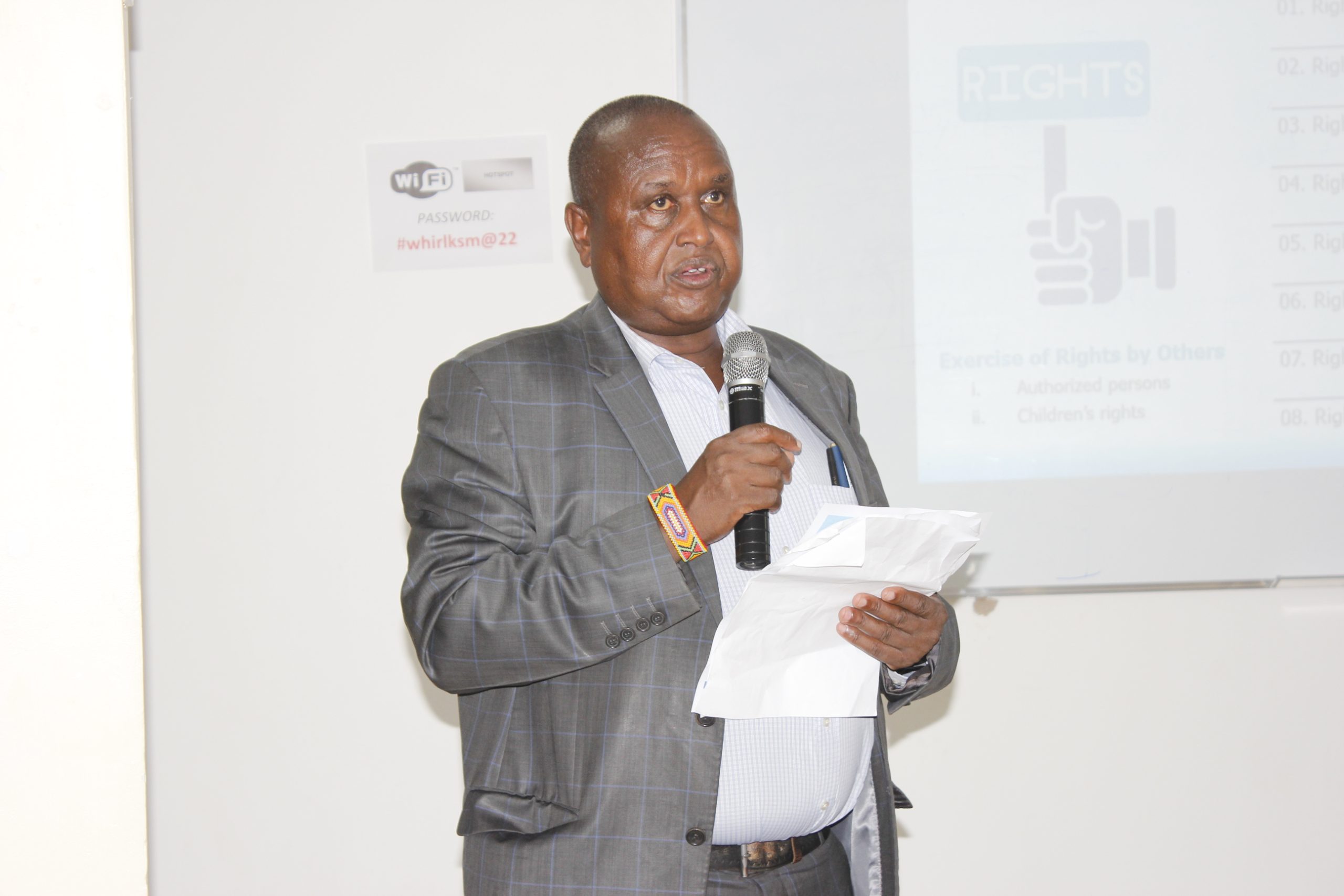Rural Saccos play a critical role in providing financial solutions to rural communities as they offer savings and loan facilities to members, who are often smallholder farmers.
However, many rural Saccos face challenges that hinder their effectiveness in delivering financial services.
One of the biggest challenges facing rural Saccos is poor governance and management. In many cases, Saccos are run by volunteers who lack the necessary skills and experience to manage a financial institution effectively.
As a result, Saccos may suffer from poor decision-making, lack of transparency, and mismanagement of funds. To address this challenge, rural Saccos need to invest in training and capacity building for their management teams and boards of directors.
This can include training on financial management, risk management, and governance best practices. Additionally, Saccos should establish clear policies and procedures for decision-making and oversight, including regular audits and reviews of financial performance.
Another critical area for improvement is financial literacy. Many rural Sacco members have limited knowledge of financial products and services, which can hinder their ability to make informed decisions about saving and borrowing.
Saccos can address this challenge by providing financial education and training to their members. This can include workshops on budgeting, saving, and investing, as well as training on how to access and use financial services effectively. By increasing financial literacy, Saccos can empower their members to make better financial decisions and improve their overall financial well-being.
Rural Saccos often offer a limited range of financial products and services, which can limit their appeal to potential members. To attract and retain more members, Saccos should consider expanding their products to include a broader range of savings and loan products.
For example, Saccos could offer micro-insurance products, which can help protect members from unexpected financial shocks. Additionally, Saccos could partner with other financial institutions to offer mobile banking services, which can improve access to financial services in remote areas.
Technology can also play a critical role in improving the efficiency and effectiveness of rural Saccos. By adopting digital platforms, Saccos can streamline their operations, reduce costs, and improve their ability to deliver financial services to members.
For example, Saccos could implement mobile banking apps that allow members to check their account balances, transfer funds, and pay bills from their smartphones. Additionally, Saccos could use data analytics tools to better understand their members’ financial needs and preferences, which can help inform product development and marketing strategies.
Finally, rural Saccos can benefit from partnerships and collaboration with other stakeholders, including other Saccos, government agencies, NGOs, and private sector actors. By working together, Saccos can share knowledge and resources, leverage economies of scale, and improve their ability to serve their members.
In a nutshell, Saccos should focus on strengthening governance and management, increasing financial literacy, expanding products and services, embracing technology, and fostering partnerships and collaboration, bolstered by training and capacity building. By taking these steps, Saccos can improve their ability to serve their members better.
By David Kipkorir
Get More Stories from our Website Sacco Review Newspaper
You can also follow our social media pages on Facebook Sacco Review Newspaper for timely updates.



